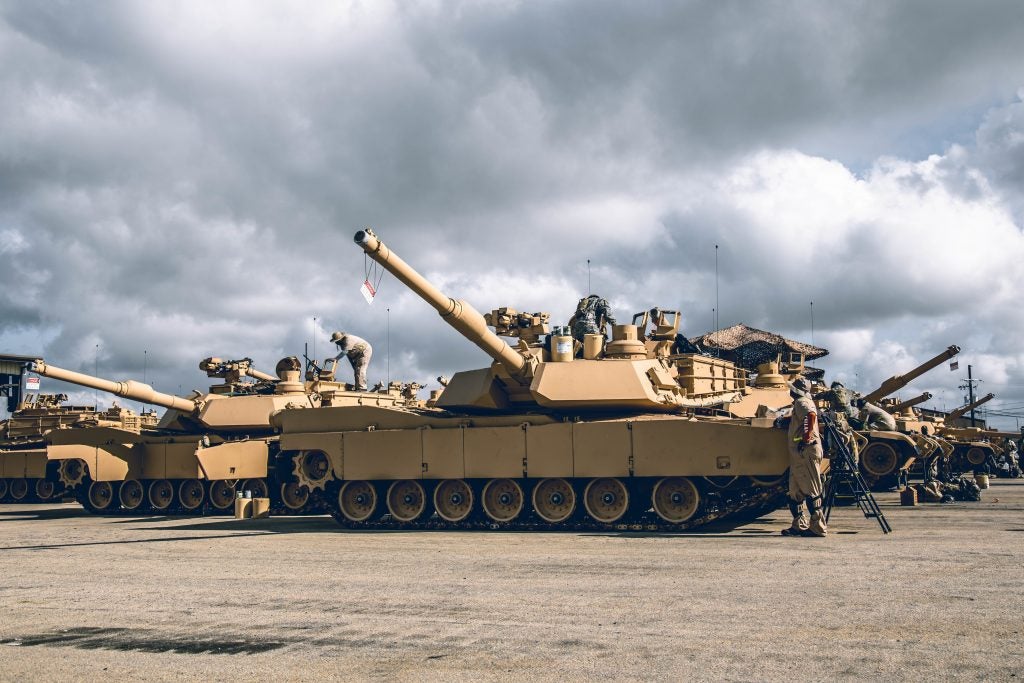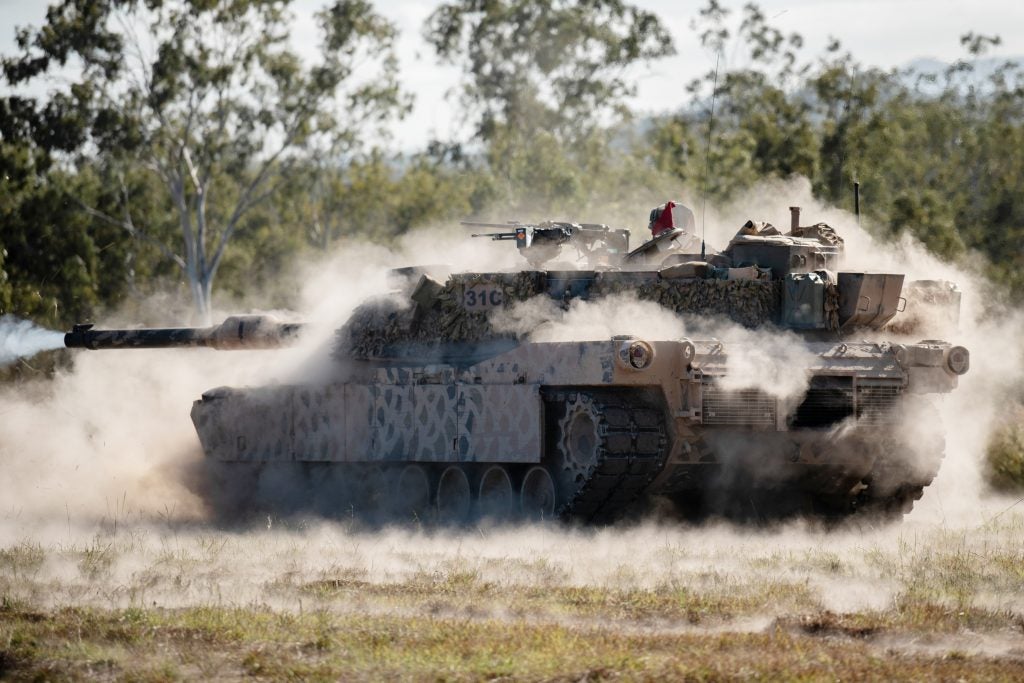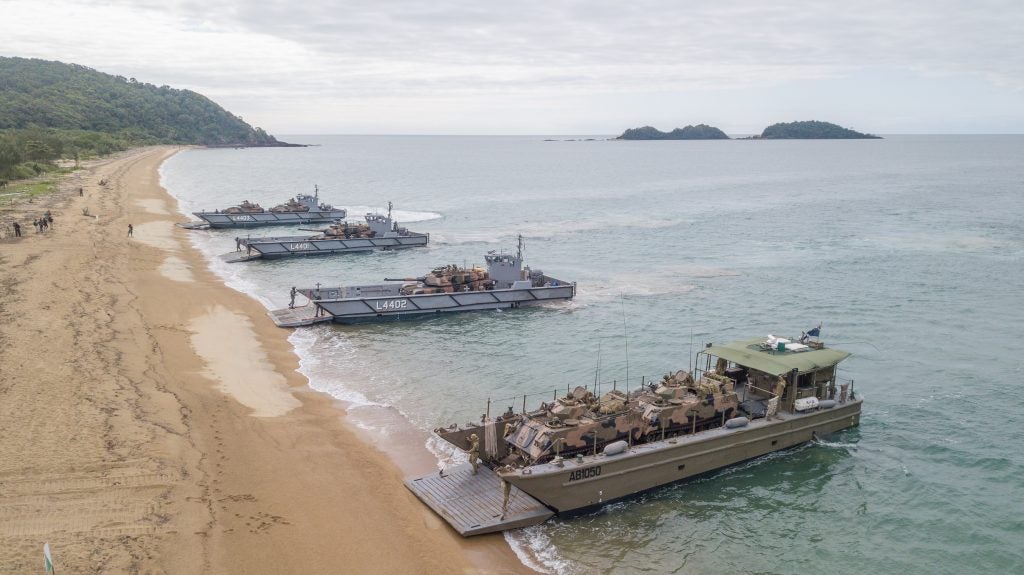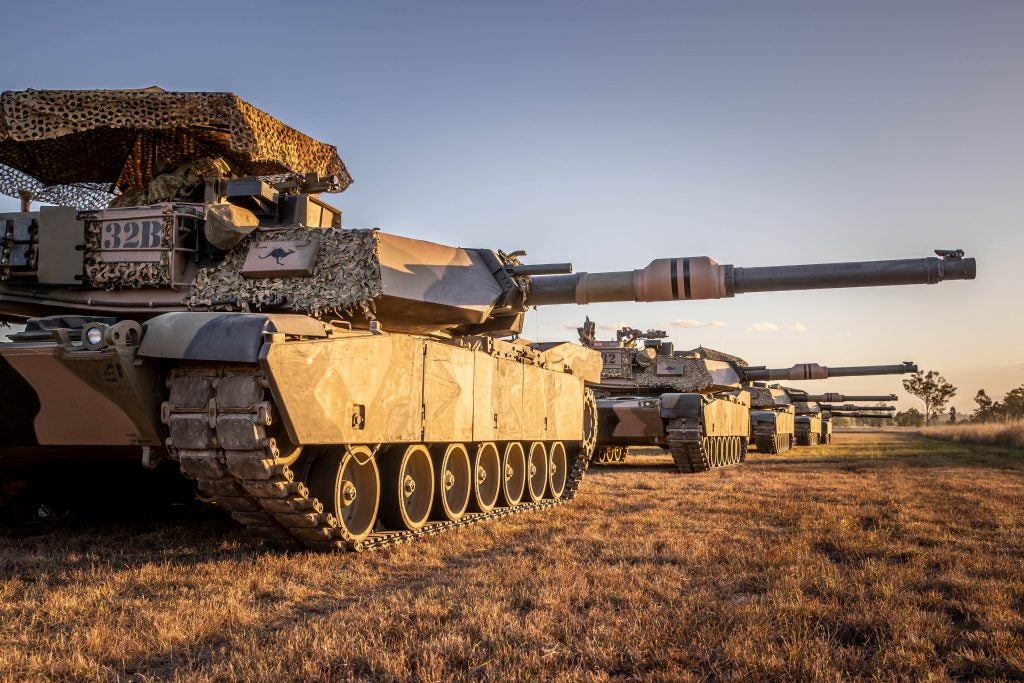Australia Signs For 75 M1A2 SEPv3 Abrams Main Battle Tanks
Australia’s Defence Ministry announced on Monday that it will be purchasing 75 M1A2 SEPv3 main battle tanks for the Australian Army. Deliveries of the Abrams are planned to start in 2024, with initial operating capability to be achieved in 2025.
The purchase of the latest variant of the American main battle tank is part of a AU$3.5 billion investment in the Main Battle Tank Upgrade (LAND 907 Phase 2) and Combat Engineering Vehicle (LAND 8160 Phase 1) projects, with other vehicles ordered under the investment including 29 M1150 Assault Breacher Vehicles, 17 M1074 Joint Assault Bridge Vehicles and an additional six M88A2 Armoured Recovery Vehicles. The United States had approved the sale of the vehicles last year, with the Defense Security Cooperation Notice noting the presence of a “unique armour package” for the Abrams.

Minister for Defence Peter Dutton said that the tanks would provide “critical” protection and firepower during land operations of the Australian Defence Forces, saying that “Teamed with the Infantry Fighting Vehicle, Combat Engineering Vehicles, and self-propelled howitzers, the new Abrams will give our soldiers the best possibility of success and protection from harm”.
Dutton added that the M1A2s would “incorporate the latest developments in Australian sovereign defence capabilities” including command, control, communications, computers and intelligence systems, and benefit from plans to manufacture tank ammunition in Australia. Their introduction to service will “take advantage” of current support infrastructure for the Australian Army’s M1A1s, with significant investments in Australian industry for sustainment, simulation and training expected to continue.

Chief of Army Lieutenant General Rick Burr AO, DSC, MVO said that tanks and combat engineering vehicles were essential to Australia’s ability to contribute to a credible land combat capability integrated with joint and coalition forces. “Because of their versatility, tanks can be used in a wide range of scenarios, environments and levels of conflict in the region. This system is the only part of the ADF that can successfully operate in medium to high-threat land environments”. Lieutenant General Burr continued:
“The M1A2 SEPv3 Abrams protection, accurate and lethal fire, mobility and situational awareness cannot be delivered by any other platform. There are no other current or emerging technologies – or combination of technologies – that can yet deliver the capability currently provided by a main battle tank.”
The M1A2 SEPv3s will replace the Australian Army’s current fleet of 59 M1A1SAs, which were procured in 2007. The M1A1s have never been operationally deployed, with the last Australian combat deployment of armor taking place during the Vietnam War.

While the utility of conventional systems like the Abrams, infantry fighting vehicles in the Land 400 program and the AS9 Huntsman self propelled guns in a regional conflict with China has been subject to heated debate, Australian Strategic Policy Institute senior analyst Marcus Hellyer told the Sydney Morning Herald that the Abrams purchase reflected Canberra’s desire to “maintain the ability to engage in ‘close combat’ in urban environments as part of counter-insurgency operations”. He said that the size of the current and near future investment in Australian armor and its effects on Australian Defence Forces-wide modernization should be the topic of debate, rather than whether armor modernization should be pursued.

